Poland’s railway network offers travelers a great combination of natural beauty and nostalgic appeal. The nation’s diverse landscapes unfold impressively through train windows, from the Baltic coastline to the Tatras.
The national rail network connects major cities while also reaching out-of-the-way locations where time seems to have stood still amid forest, lakes, and gently rolling countryside. Here is a choice of 20 scenic train trips that show Poland’s remarkable beauty from the comfort of the railway carriage.
Warsaw to Gdańsk
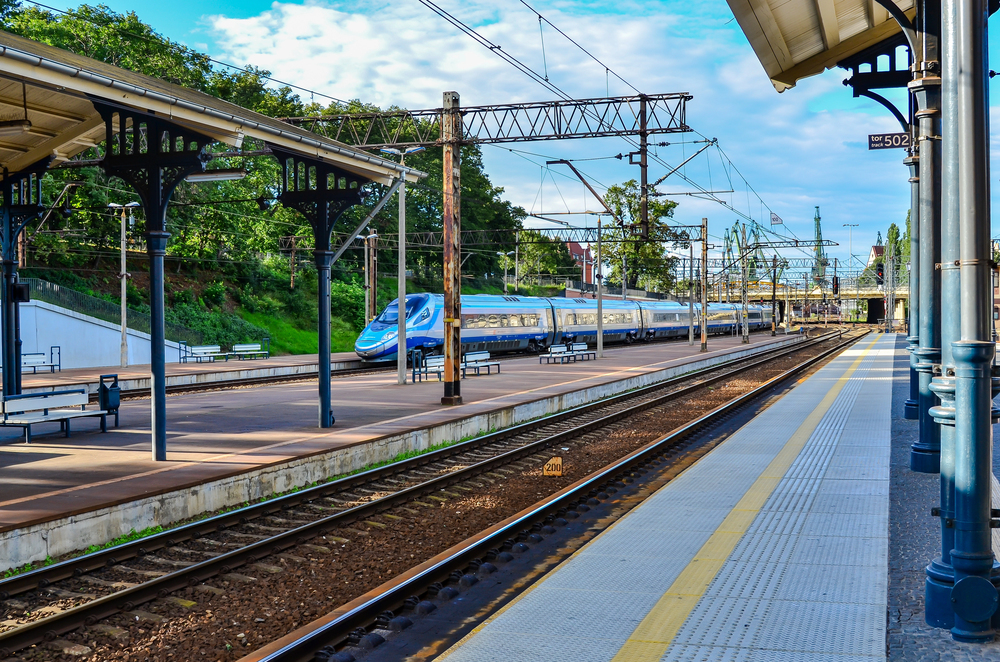
This northern journey connects Poland’s bustling capital to its historic port city on the Baltic Sea. The four-hour ride passes through the lush Kashubian Lake District, where countless blue lakes dot the landscape like scattered gems.
As you approach Gdańsk, glimpses of the Baltic Sea appear, signaling your arrival at one of Poland’s most architecturally distinctive cities.
Kraków to Zakopane
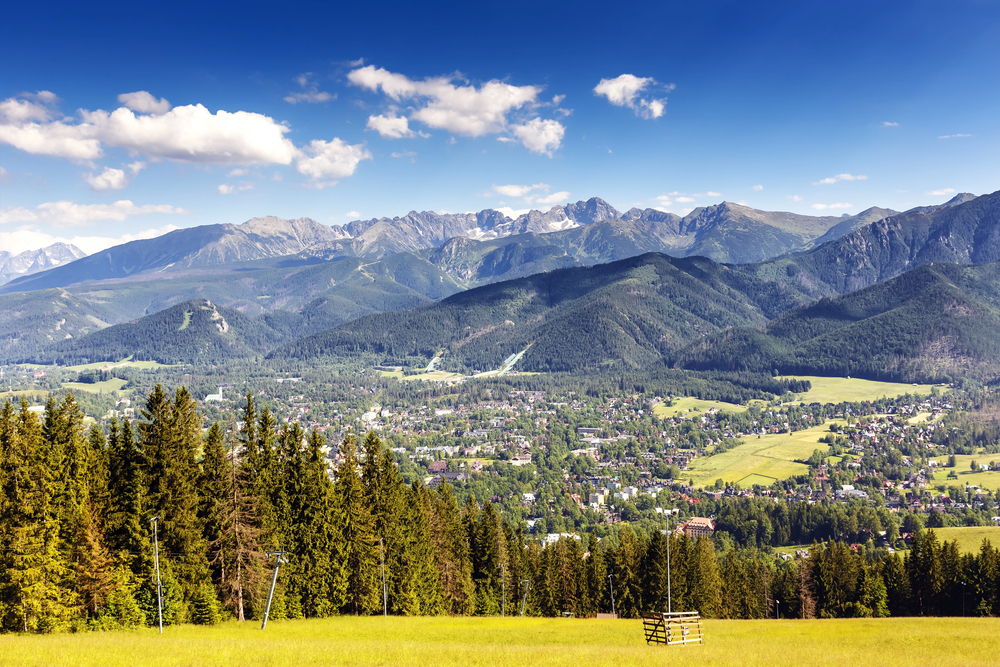
Often called Poland’s most beautiful train route, this southern passage takes you from medieval Kraków directly to the foot of the Tatra Mountains. The gradual transition from lowlands to mountains creates a dramatic visual effect as the train climbs nearly 3,000 feet in elevation.
Winter travelers are treated to snow-capped peaks and alpine villages, while summer reveals verdant mountainsides sprinkled with traditional wooden architecture.
Like Travel Pug’s content? Follow us on MSN.
Wrocław to Jelenia Góra
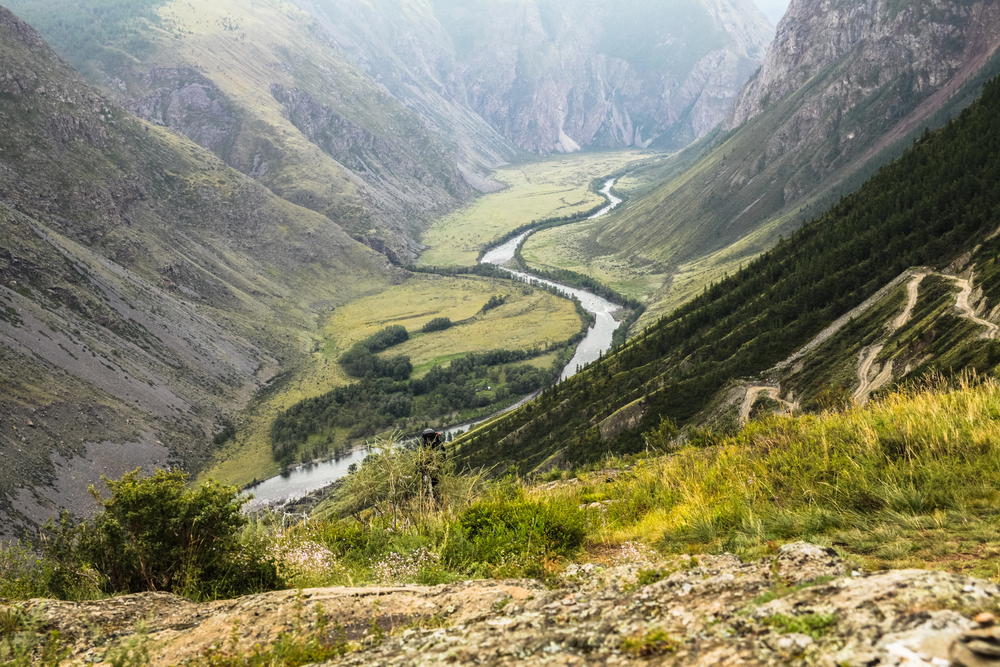
This southwestern route transports passengers from Wrocław’s Gothic spires to the foothills of the Karkonosze Mountains. The journey follows the Bóbr River valley, passing through tunnels and over viaducts built during the region’s 19th-century industrial boom.
Passengers are treated to views of Książ Castle perched dramatically above the forest, one of Poland’s largest castle complexes.
Wolsztyn Steam Train

This unique heritage route operates regularly using authentic steam locomotives from the early 20th century. The historic trains chug through the picturesque Wielkopolska countryside, creating a nostalgic scene as steam billows over rural landscapes.
Train enthusiasts come from across Europe to experience this living museum of railway history.
Gdynia to Hel Peninsula
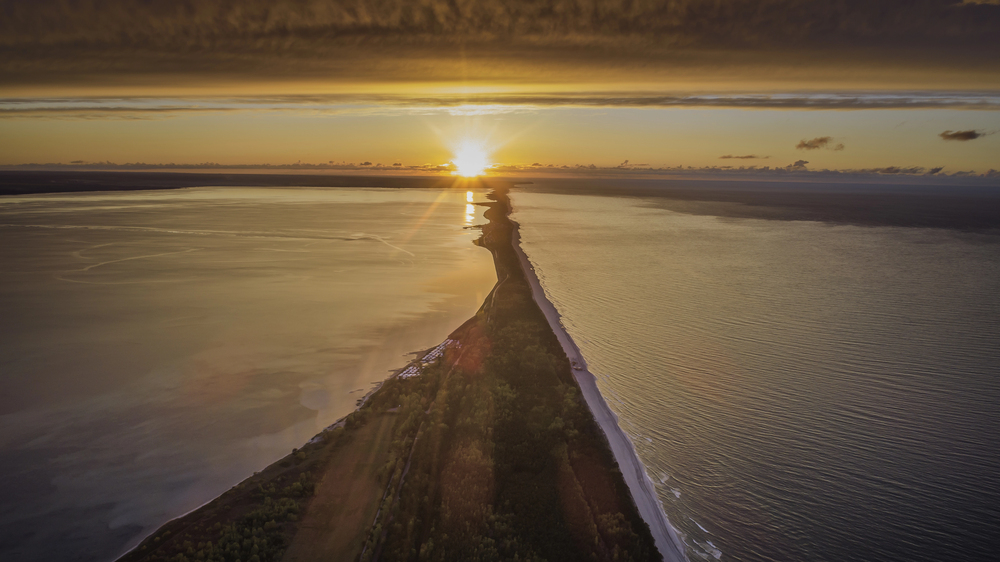
This coastal journey follows a narrow sandbar extending nearly 22 miles into the Baltic Sea. The tracks run so close to the water that during storms, waves sometimes splash against the train windows on both sides.
The peninsula’s unique position offers beautiful contrasting views of the open Baltic Sea on one side and the calm waters of Puck Bay on the other.
Like Travel Pug’s content? Follow us on MSN.
Łódź to Warsaw
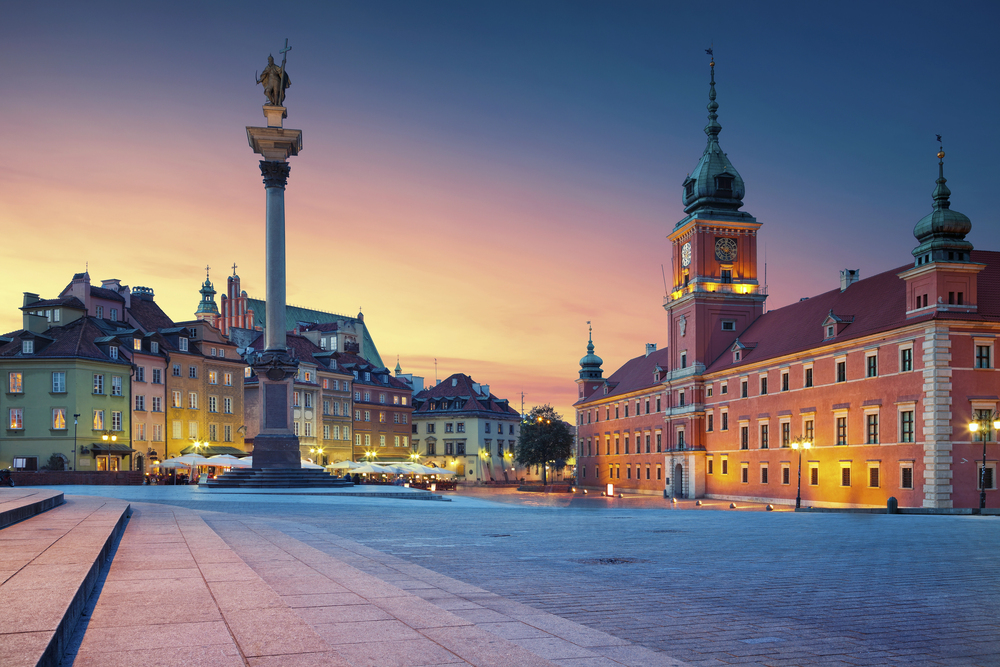
This central Polish route connects two major cities while passing through the ancient Kampinos Forest. Morning departures often reveal mist hanging over meadows and between pine trees, creating an almost mystical atmosphere.
The train passes numerous small villages where traditional wooden houses stand as a testament to rural Polish architecture.
Białystok to Ełk
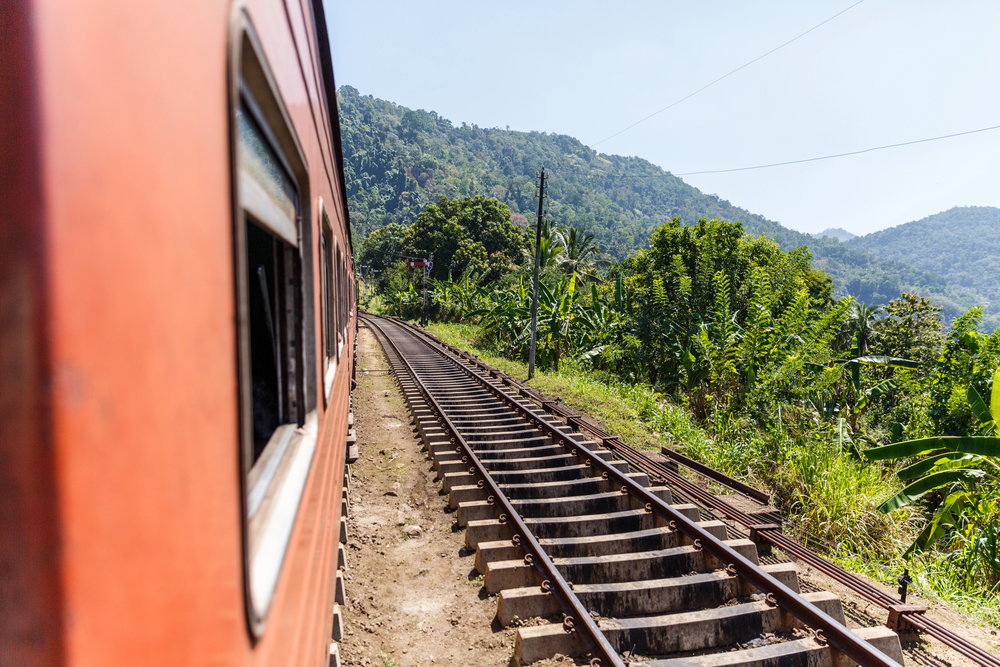
This northeastern route cuts through the pristine Biebrza National Park, Poland’s largest national park and one of Europe’s most important wetland areas. Lucky passengers might spot elk, wolves, or some of the 270 bird species that inhabit these protected marshlands.
The landscape transforms dramatically with the seasons, from snowbound winter scenes to lush summer greenery.
Lower Silesian Railway
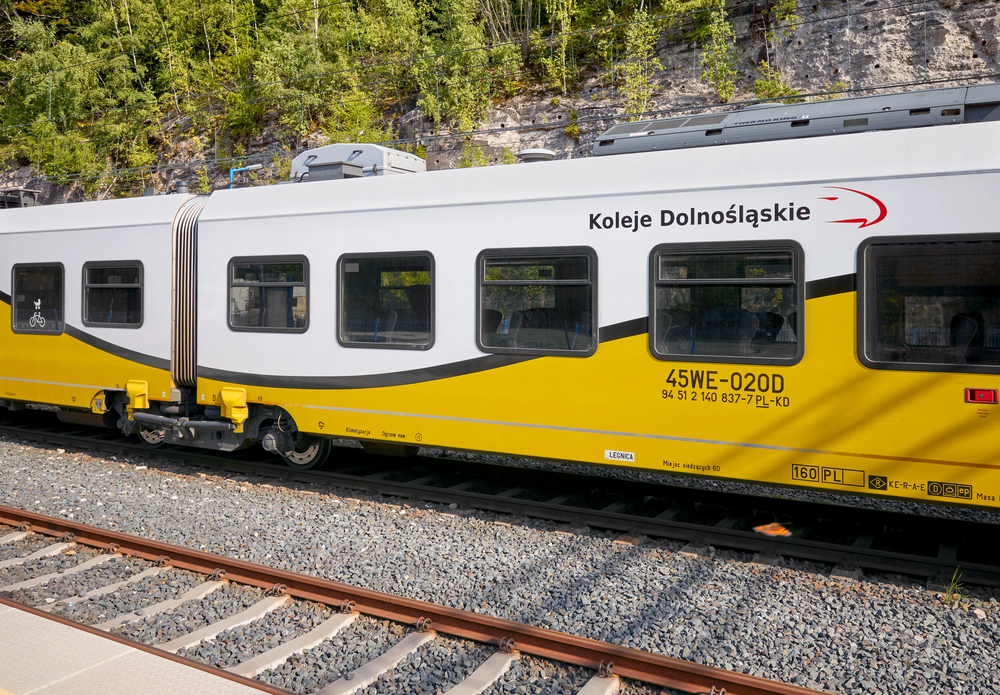
This network of historic narrow-gauge railway lines winds through the valleys and hills of Lower Silesia. The reduced speed of these heritage trains allows travelers to fully appreciate the pastoral landscapes and small villages that haven’t changed significantly in a century.
The well-preserved stations along these routes are attractions in themselves, featuring original 19th-century architecture.
Like Travel Pug’s content? Follow us on MSN.
Poznań to Szczecin
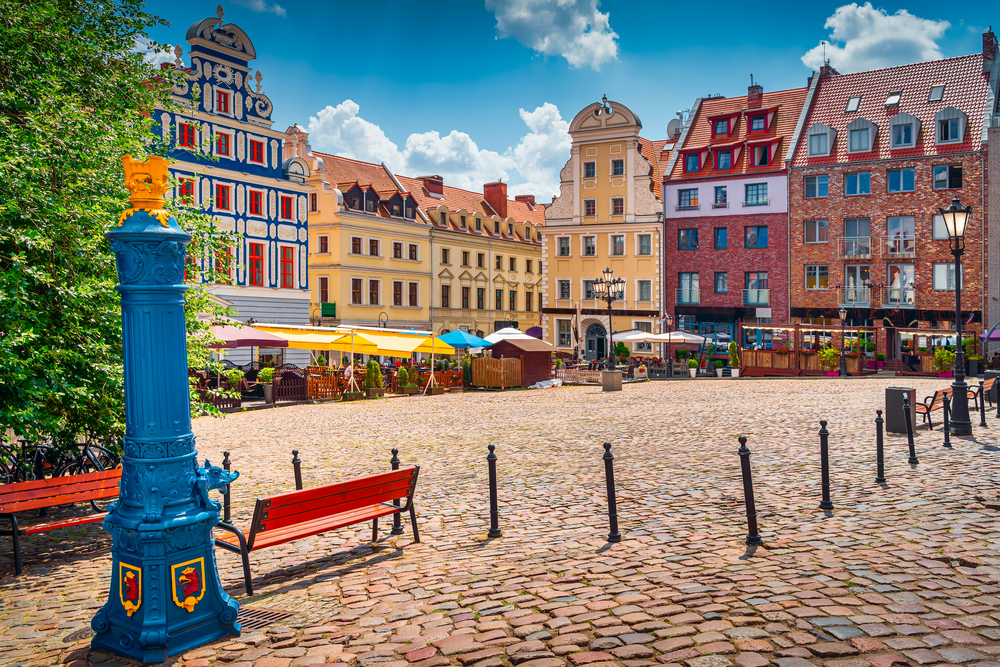
This western route follows portions of the Warta River valley, connecting two of Poland’s important historical regions. The train passes through the edge of the vast Noteć Forest, one of Poland’s largest wooded areas.
The landscape features a mix of agricultural fields, forests, and small lakes that represent the quintessential Polish countryside.
Kraków to Lviv
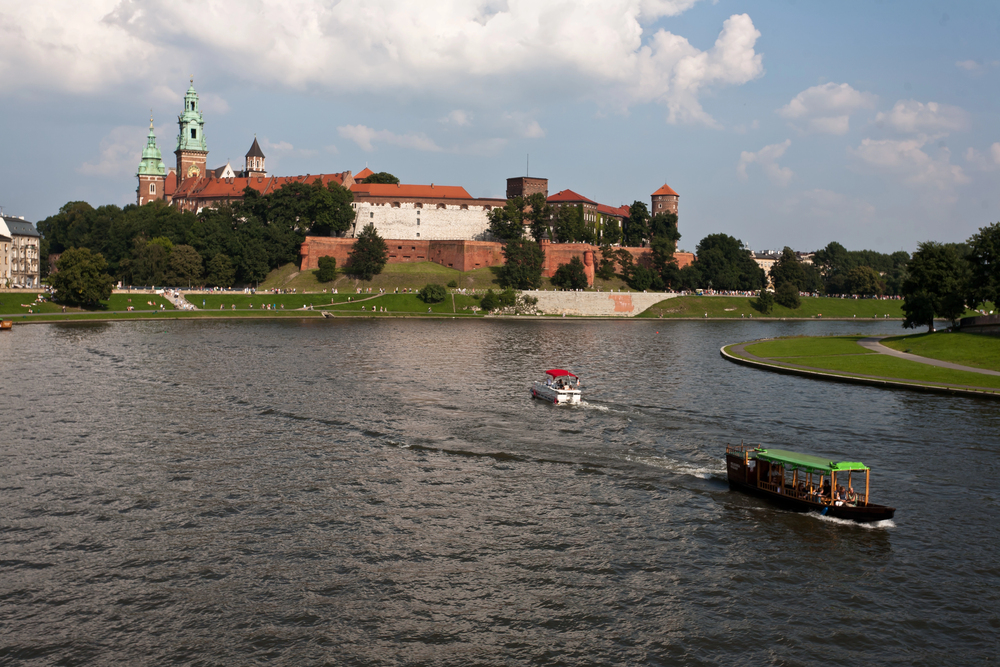
This international route connects southern Poland to western Ukraine, passing through changing landscapes and cultures. The train crosses the eastern Carpathian foothills, an area rich in folklore and traditional wooden architecture.
Despite crossing a national border, the journey showcases the historical continuity of this region that once belonged to the same kingdom.
Kłodzko Valley Railway
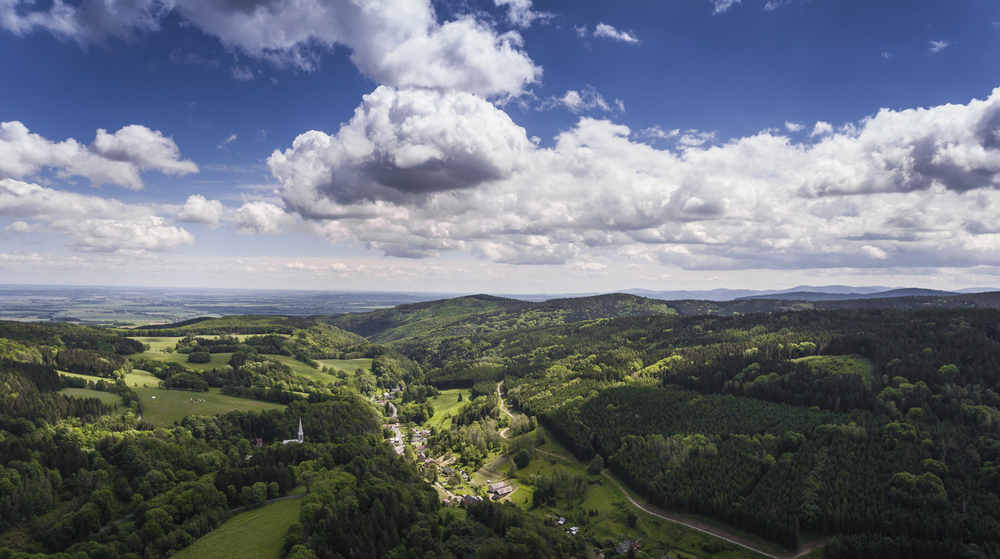
This southern route winds through the scenic Kłodzko Valley, surrounded by four different mountain ranges. The line features impressive engineering feats, including tunnels and viaducts dating back to the 1880s.
Small spa towns dot the route, their distinctive architecture reflecting their past as fashionable retreats for European nobility.
Like Travel Pug’s content? Follow us on MSN.
Białowieża Forest Line
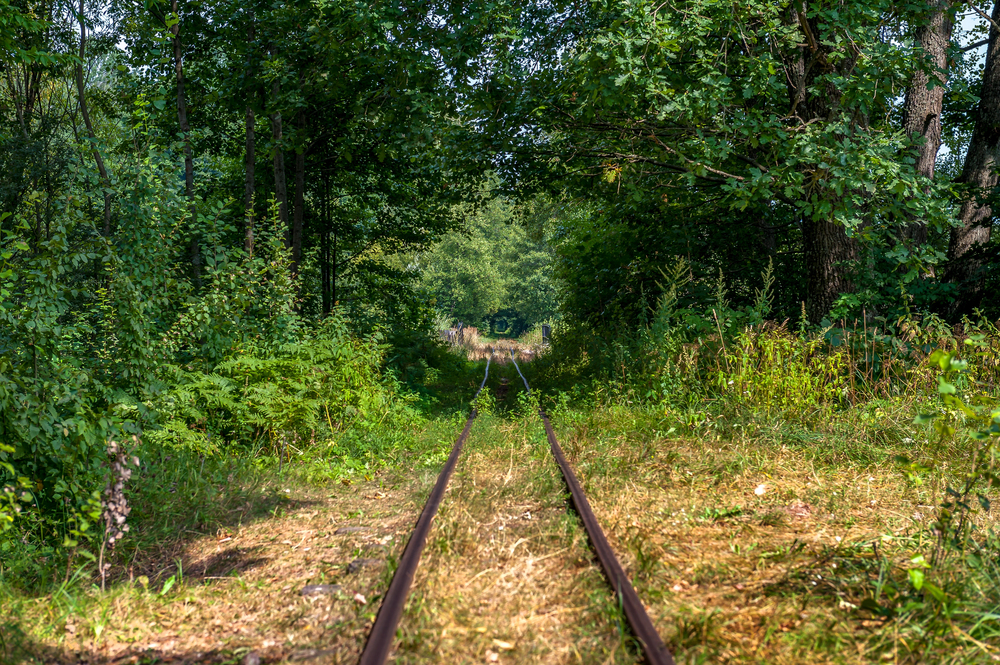
This eastern route takes travelers into the heart of Europe’s largest primeval forest, a UNESCO World Heritage site. The forest remains largely as it was thousands of years ago, home to the continent’s largest bison population and ancient oak trees.
The railway station at Białowieża Palace Park is itself a historical monument, once serving the Russian tsar’s hunting lodge.
Masurian Lake District Route
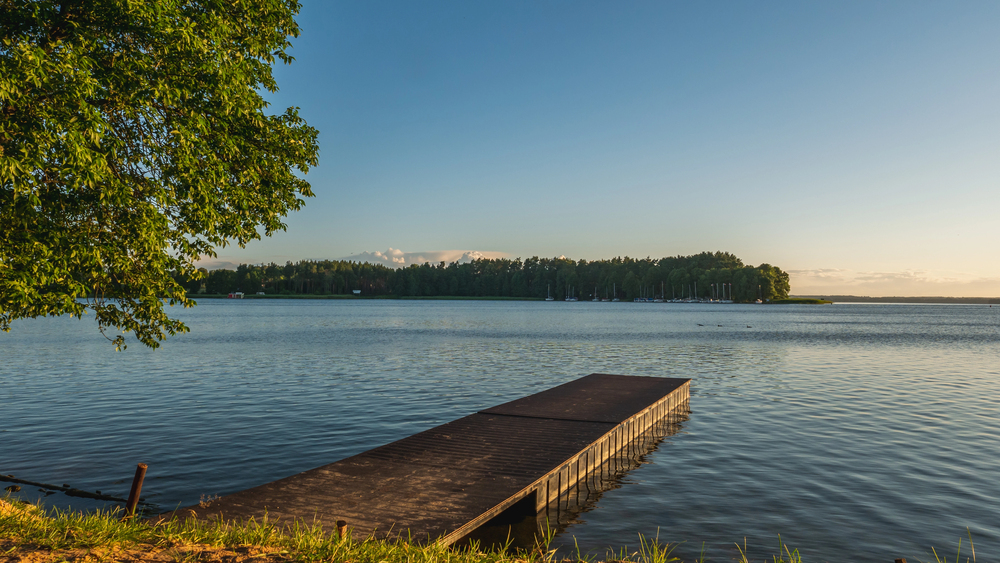
This northeastern journey connects Olsztyn to Ełk through Poland’s famous ‘land of a thousand lakes.’ The tracks weave between countless glacial lakes, providing constantly changing views of water, forests, and sky.
Summer travelers might glimpse white sails dotting the larger lakes, while winter transforms the landscape into a serene snow-covered wonderland.
Bieszczady Forest Railway

This southeastern narrow-gauge heritage line takes visitors through one of Poland’s most remote and mysterious regions. The open-air carriages offer unobstructed views of the Eastern Carpathian Mountains and vast forests.
The area is known for its unique mix of Polish, Ukrainian, and Lemko cultural influences, visible in the distinctive wooden churches along the route.
Like Travel Pug’s content? Follow us on MSN.
Gdańsk to Kaliningrad
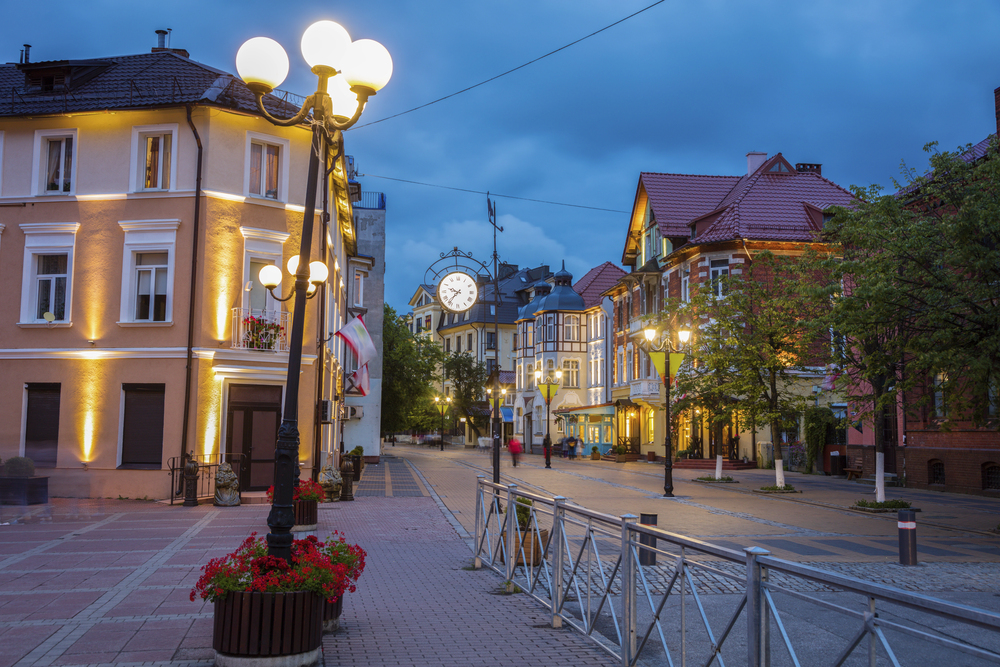
This northern route follows the Baltic coast before crossing into the Russian exclave of Kaliningrad. Passengers enjoy views of coastal dunes, fishing villages, and the unique Vistula Lagoon.
This journey is significant because it passes through territories that have changed hands multiple times throughout European history.
Warsaw to Białystok
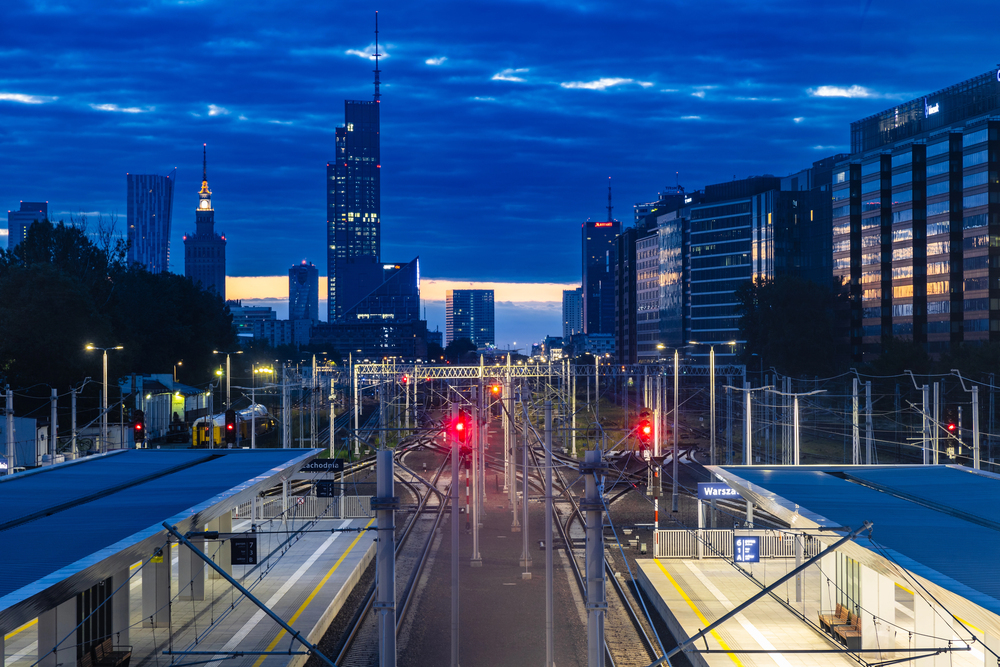
This eastern route passes through the remnants of the ancient Białowieża Forest that once covered much of northern Europe. Morning departures often feature mist rising from the Bug River as the train crosses this significant waterway.
The landscape gradually transitions from central Poland’s plains to the more forested and lake-dotted terrain of the northeast.
Chabówka Railway Museum Line
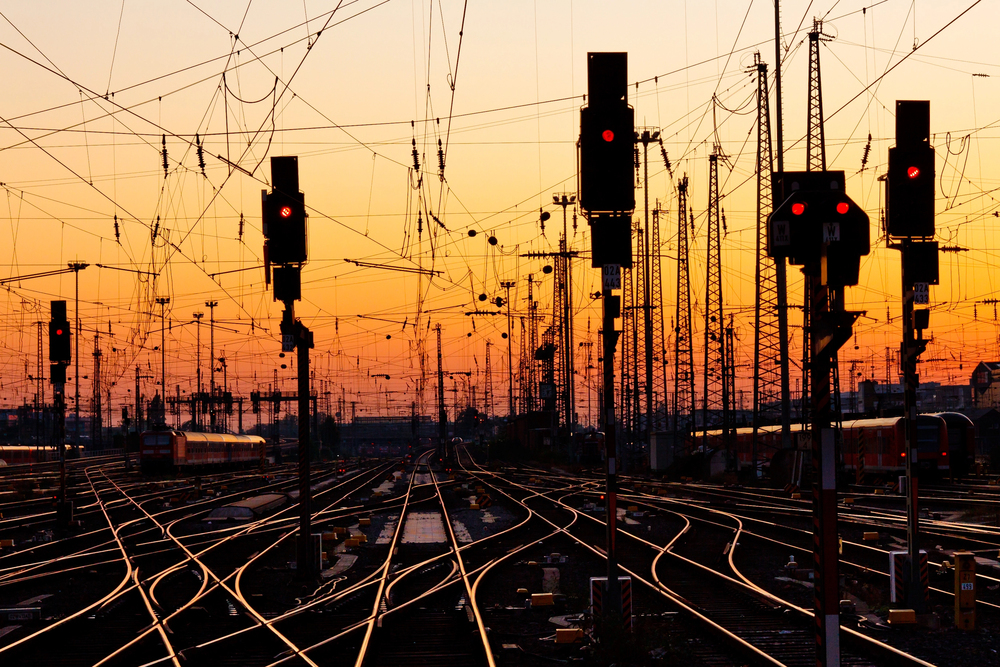
This southern heritage railway operates from a living museum of Polish railway history near Zakopane. Historical steam locomotives pull vintage carriages through spectacular mountain landscapes in the Gorce range.
The open-air carriages used during summer months provide a thrilling way to experience the mountain scenery and fresh alpine air.
Like Travel Pug’s content? Follow us on MSN.
Szczecin to Świnoujście
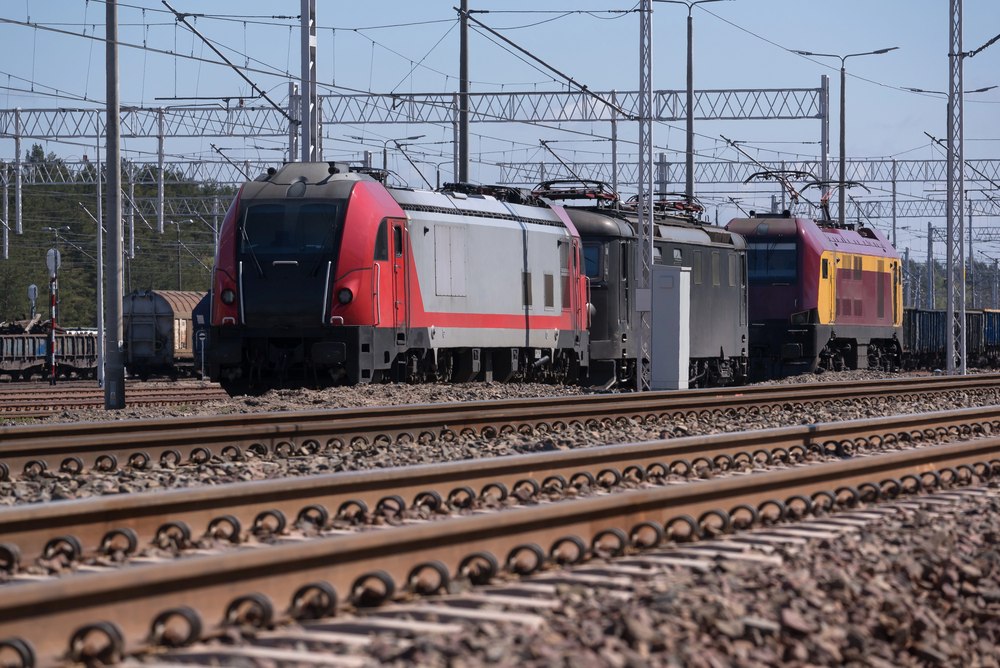
This northwestern route follows the Oder River estuary to the Baltic Sea, passing through the unique landscape of the Wolin National Park. The train often runs alongside massive cargo ships navigating the river channel, creating a striking contrast between transportation modes.
The journey ends at Świnoujście, where passengers can walk from the station directly to one of Poland’s finest beaches.
Lublin to Zamość
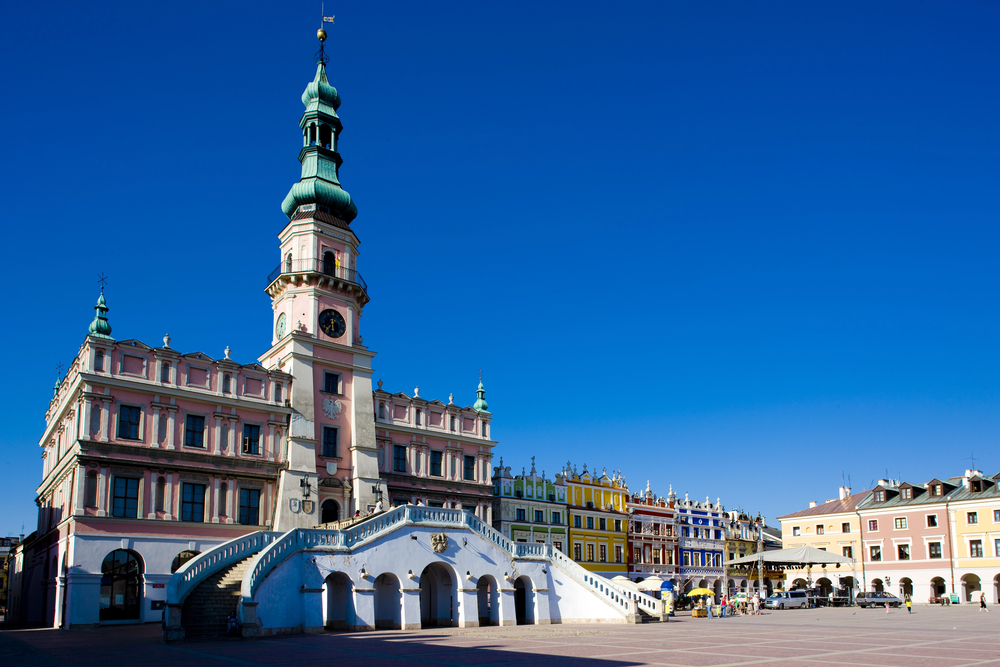
This southeastern journey connects two historical cities while passing through the rolling farmland of the Roztocze region. The train travels through landscapes that inspired many Polish painters, with golden wheat fields stretching to the horizon.
The journey culminates in Zamość, a perfectly preserved Renaissance town that appears virtually unchanged since the 16th century.
Kudowa-Zdrój to Kłodzko
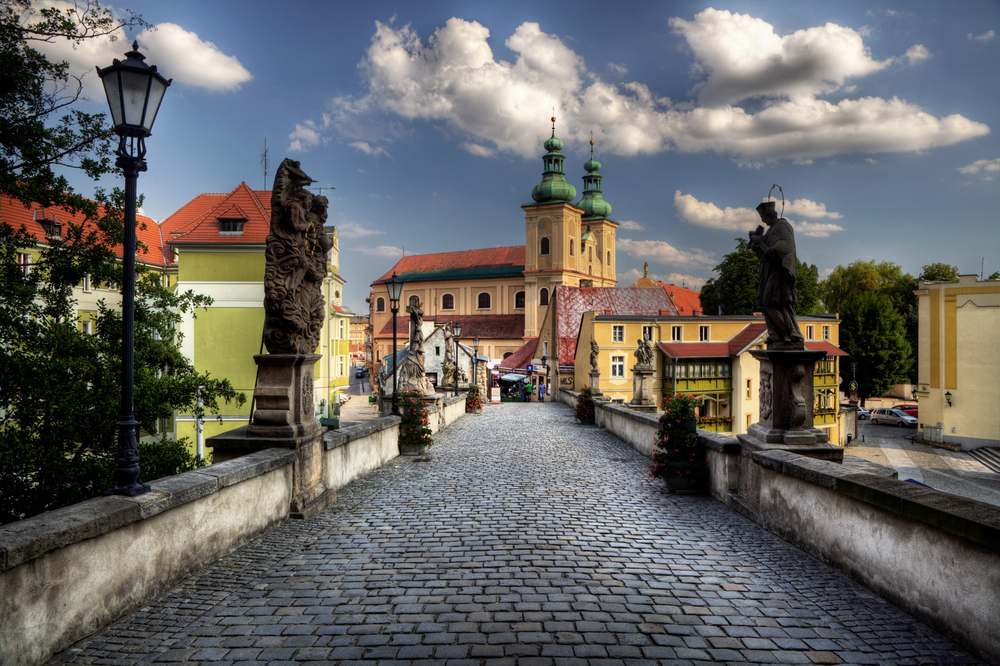
This short, but spectacular route in southwestern Poland passes through the scenic Table Mountains National Park. The train navigates tight curves and steep gradients, offering views of the distinctive flat-topped mountains that give the park its name.
The line serves several historic spa towns where Belle Époque architecture recalls their glamorous past as health retreats.
Like Travel Pug’s content? Follow us on MSN.
Rails Through Time and Terrain
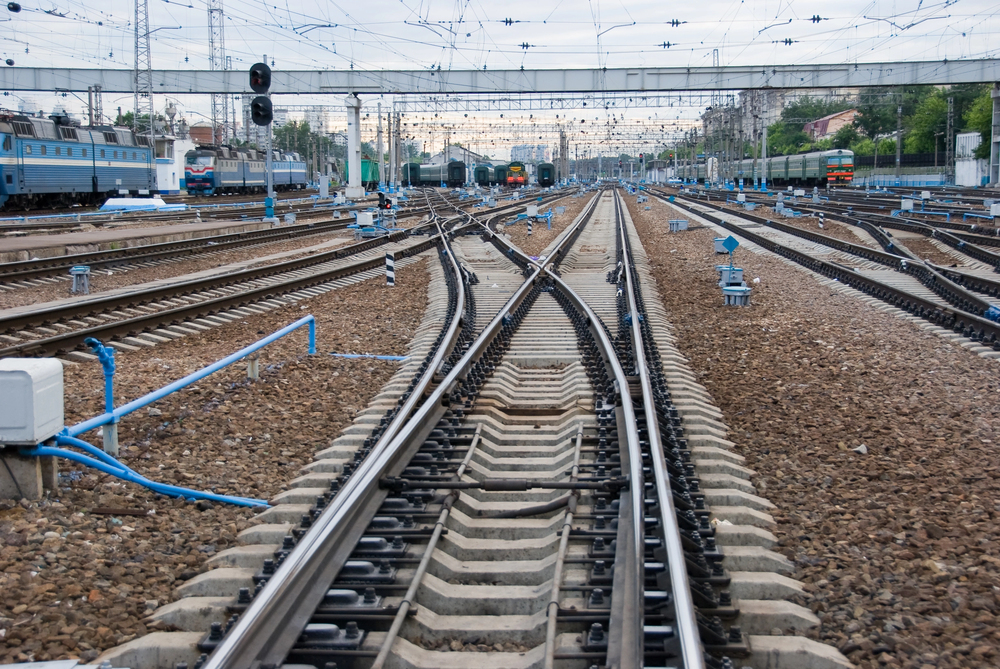
Poland’s train journeys offer more than mere transportation—they are doorways to the country’s soul. The lines travel through landscapes shaped by glaciers, rivers, and mountains, and connect historic cities with villages preserving centuries-old traditions.
Whether you’re a train enthusiast or simply one who appreciates beauty unveiled gradually, Poland’s train trips offer a glimpse into the country that no other form of transportation can.
More from Travel Pug

- Cities Growing so Fast You Won’t Recognize Them in 10 Years
- 13 Destinations Where Tourists Regularly Regret Their Trip
- 16 U.S. Cities That Are Quietly Becoming Travel Hotspots
- Where to Travel If You Love Long Bus Rides and Daydreams
- 20 Cities Perfect for Solo Travelers Who Crave Adventure & Culture
Like Travel Pug’s content? Follow us on MSN.
